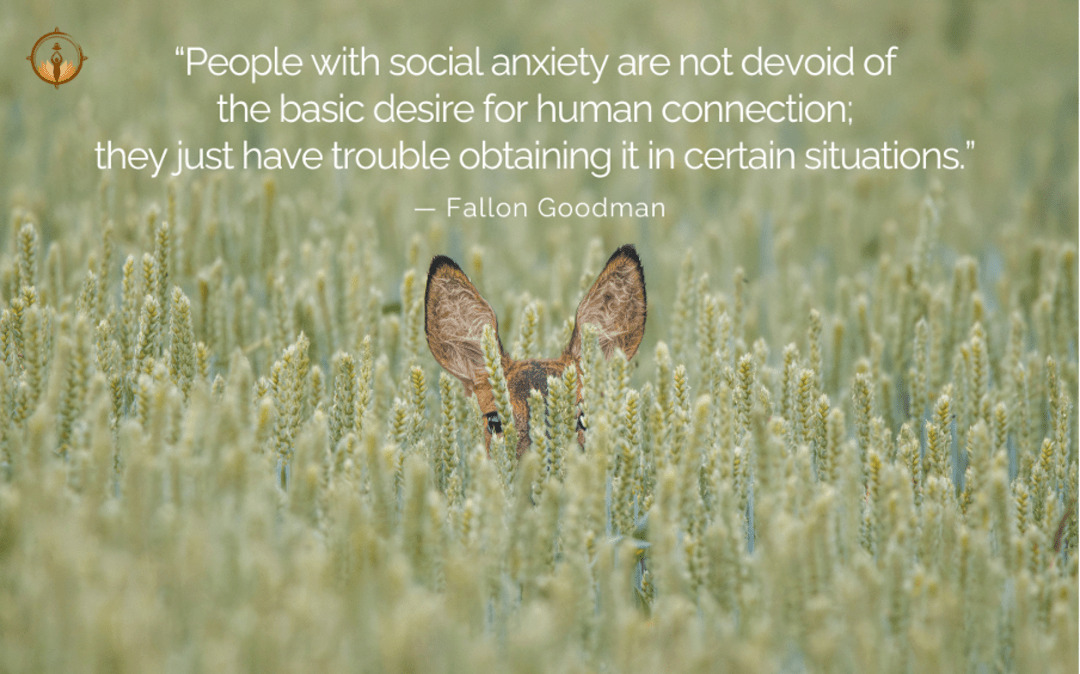Social gatherings can enrich our lives – such as career networking events, parties, family events, and so on. However, for some people, it may cause deep anxiety, worry, panic and fear. This is known as, ‘Social Anxiety Disorder’.
There is a range of intensity with the disorder, beginning at a mild level (such as when one is cautious of their words and actions in social situations), to an extremely crippling level, wherein the person can fall into severe anxiety and loneliness.
Symptoms may include some or all of the below:
- being anxious and overthinking every word or action
- fear of judgement and responses
- exhibiting avoidance behaviour for social events
- stammering, having a rigid posture
- avoiding eye contact
- panic attacks
- sweating
- nausea
- increased heart rate
The intensity of the disorder is directly correlated with the earlier perceived intensity and consequences of the social interaction experiences. In the most intense of scenarios, one may be unable to socialise in any capacity with others – including, but not limited to, using a public washroom, dining in a restaurant, and taking public transport.
A combination of exposure therapy, cognitive behavioural therapy, radical acceptance and commitment therapy, mindfulness, and hypnotherapy can be used to help manage social anxiety, depending on the intensity of your symptoms.
Stay tuned for more information about these techniques.

